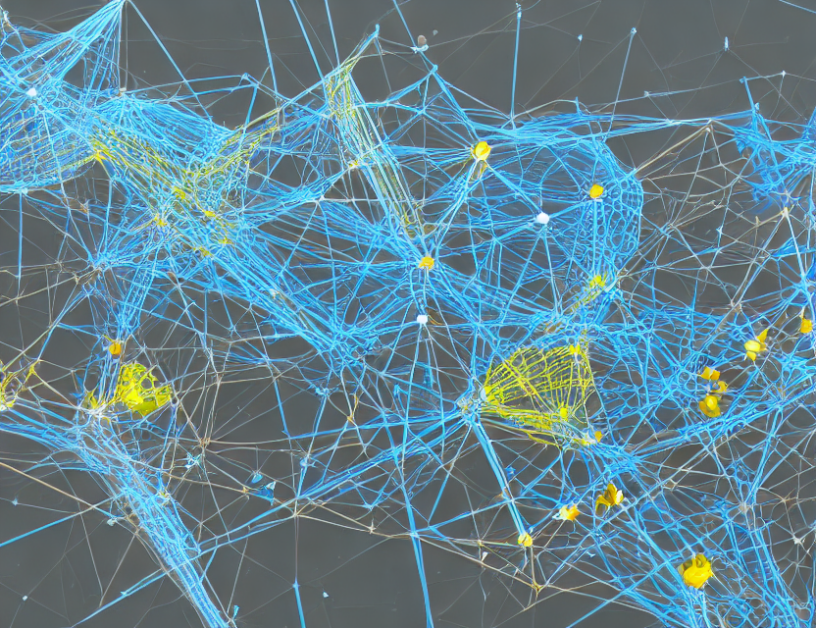In this article, Luciano Floridi and Massimo Chiriatti delve into the nature, scope, limits, and consequences of GPT-3, a groundbreaking AI language model that has sparked significant interest in both academic and industrial circles. The authors provide an overview of GPT-3’s architecture and capabilities, highlighting its ability to generate human-like text and perform various tasks such as writing articles, passing exams, and even creating art.
The authors emphasize the immense potential of GPT-3 in revolutionizing various industries, including language translation, content creation, and customer service. However, they also acknowledge the limitations of this technology, particularly its lack of common sense and inability to understand context beyond what is explicitly stated. They argue that these limitations can lead to problems such as generating inappropriate or offensive content, misinterpreting instructions, and failing to recognize and address ethical concerns.
To mitigate these challenges, the authors propose several strategies, including knowledge distillation, which involves teaching GPT-3 how to reason like a human by incorporating domain-specific knowledge and expertise. They also suggest that GPT-3’s capabilities should be complemented with other AI technologies such as computer vision and speech recognition to create more comprehensive and coherent AI systems.
Ultimately, the authors stress that the development and deployment of GPT-3 must be done responsibly, taking into account ethical considerations and potential consequences. They argue that it is crucial to engage in open discussions among researchers, policymakers, and industry leaders to ensure that AI technologies are developed and applied in ways that align with human values and promote social good.
In conclusion, GPT-3 represents a significant breakthrough in the field of natural language processing, with potential applications spanning across various industries. However, it is important to address its limitations and ethical challenges to ensure responsible and effective deployment of this technology. By engaging in open discussions and collaborative efforts, we can harness the full potential of GPT-3 while avoiding potential pitfalls.
Computer Science, Computer Vision and Pattern Recognition
Enhancing Accuracy in Neural Networks Through Knowledge Distillation



